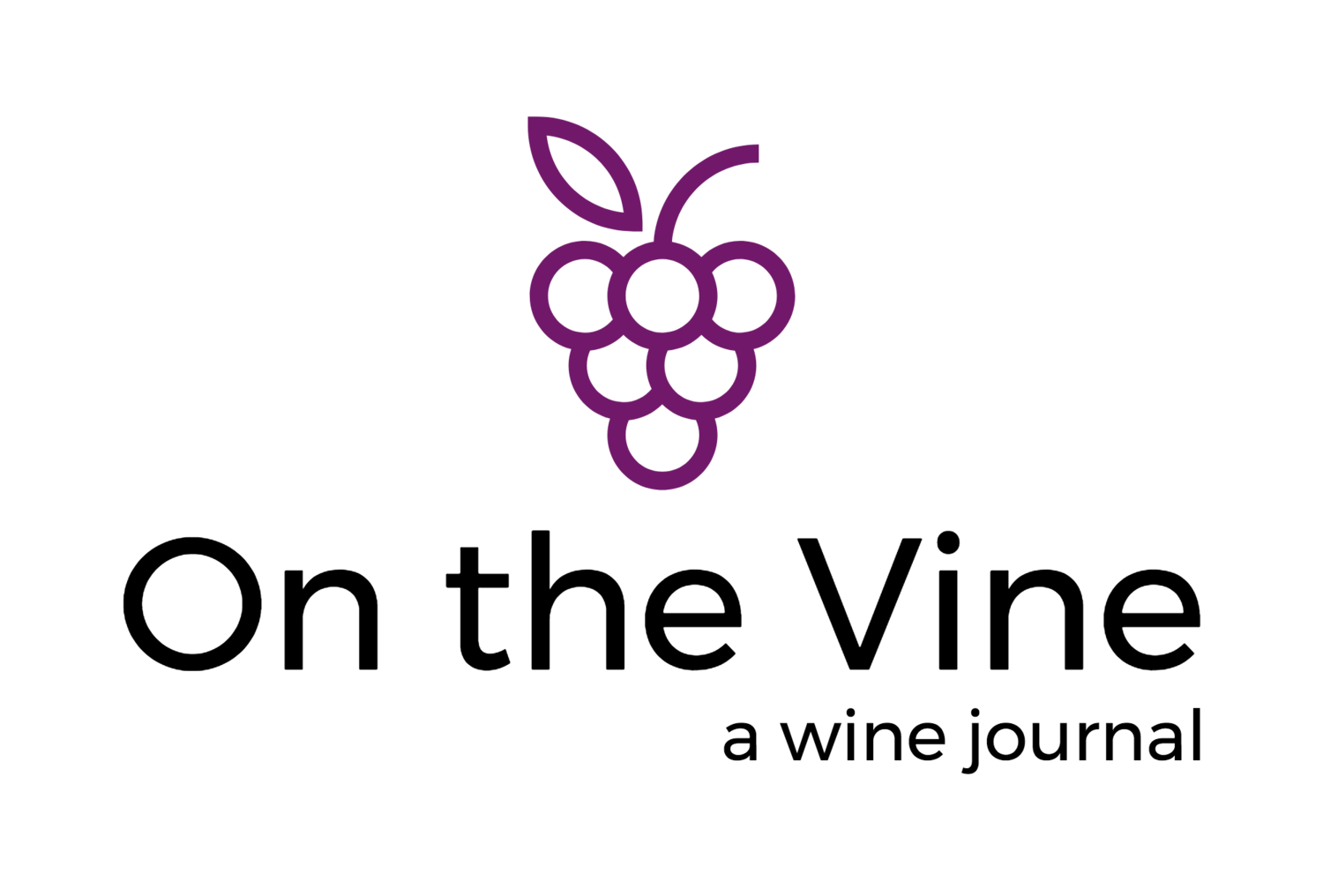Lots to Love in the Loire
/at a loire valley tasting in los Angeles, april 2019
As the spring weather warms a wine lover’s tastes may turn toward something white and refreshing. And soon it will be summer and time for “rosé all day.” Both thirsts - and more - can be satisfied by the wines of France’s Loire valley.
Known as the “Garden of France,” the Loire valley is formed by the country’s longest river from which it takes its name. Wine production takes place along most of its over 600-mile (1000 km) length. As the river flows from its headwaters in the center of the country north and then west to its mouth at the Atlantic coast, it passes through a number of climates and geographic features. Because of its great scenic beauty and cultural history, the central Loire has been made a UNESCO World Heritage Site. Its diversity of terroir results in a commensurate variety of wine styles. The region is France’s third in total wine production and its first in the production of white wine. White varieties do well here due, in part, to the region’s northerly location. But the Loire Valley produces every style of wine - white, rosé and red; sweet, sparkling and dry. And most of it (75%) is of AOC (Appellation d’Origine Contrólée) level - the highest quality level.
The sheer variety of Loire wine is part of its attraction and presents the wine lover with a happy challenge that can last through the entirety of a spring and summer - of this year and many to come! One way to think about the region and its wines is to divide it up, west to east, into several sections:
Nantais - At the river’s mouth is the Atlantic coast and the home of Muscadet. Ninety-five percent of this area’s production is white, dominated by the Melon de Bourgogne grape. These fresh, light, tart, saline wines are under-appreciated, but they can be quite delicious and are considered to be the perfect accompaniment to oysters. For those of us who don’t eat too many oysters, try them with sushi, sashimi, or any sort of shellfish or seafood. Muscadet’s wines are grown close to the sea and complement the food one can imagine eating there. Well-made examples can be had inexpensively.
Anjou/Saumur - Continuing east is the area located around the towns of Angers and Saumur. This is the source of the Loire valley’s reputation as a producer of delicious rosé (second only to Provence). It makes up 50% of this area’s production, usually in blends. Red, sparkling, and white styles comprise the other half. It takes red grapes to give rosé its color and among the varieties found here are Cabernet Franc, Gamay, Grolleau and Pineau d’Aunis. For those who are looking to expand their rosé repertoire this summer, seek out bottles labelled “Rosé de Loire” (a dry style dominated by Cabernet Franc from Anjou and further inland) or “Rosé d’Anjou” (with a bit of sweetness). But don’t overlook this area’s most famous and delicious white wines, Savennières and Saumur, mostly crafted from Chenin Blanc.
Touraine - Yet further inland, the maritime influence of the first two regions gives way to warm, dry summers and colder winters. Half of this area’s production, centered on the town of Tours, is red wine. Famous appellations here for red and white wines include Chinon, Bourgueil and Vouvray. The reds, which feature Gamay, Cabernet Franc, Côt (Malbec), Cabernet Sauvignon, Pinot Noir and others, tend to be lighter bodied and are best enjoyed young. Sauvignon Blanc and Chenin Blanc are joined by Chardonnay in the area’s white wines, which are a bit more mineral than the examples from the west.
Sancerre and Pouilly-Fumé, Quincy and Reuilly - East of the Touraine there is a bit of a gap in winemaking before arriving at the part of the river that flows south to north. This is the Central Loire area (central because of its location in the center of the country, not in the center of the Loire valley region) and is made up of several separated areas of wine production (see map). Over 80% of this area’s production is white led by the acclaimed wines of Sancerre, Pouilly-Fumé, Menetou-Salon, Reuilly and Quincy. These fuller-bodied whites are mostly made of Sauvignon Blanc, which is thought to be native to the Loire. The wines are fresh and bright with varying elements of citrus, flint and even smoke. This is a very different Sauvignon Blanc from the style made popular in New Zealand - try one of each and see what you think! Located furthest east, the climate here is the Loire’s harshest and is responsible for a comparatively small amount of light-bodied red wine produced using Cabernet Franc and Pinot Noir, among others.
I hope this introduction inspires you to seek out something different during the coming hot seasons: the wines from the Loire - especially the rosé and various whites. Their variety is astounding and their quality for the price is great.
Learn more: http://loirevalleywine.com







